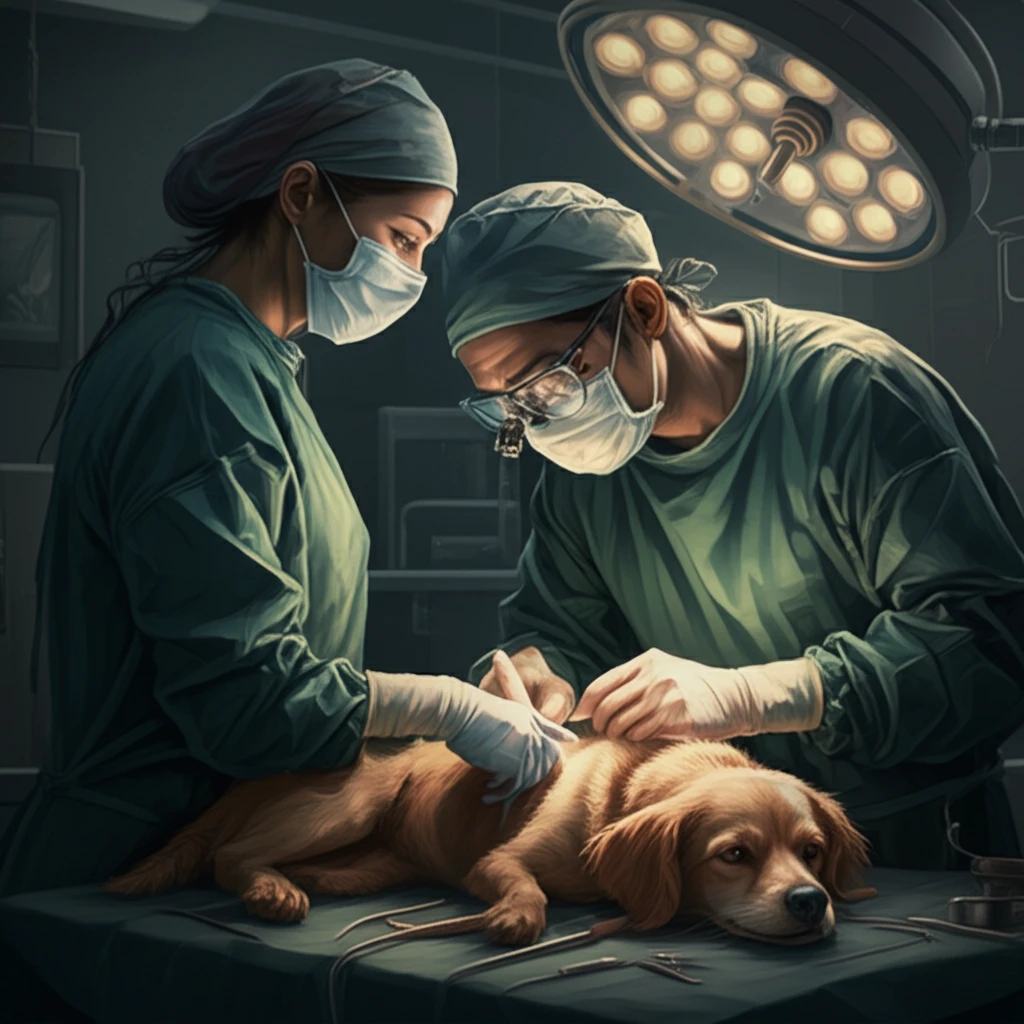
Spaying Made Simpler: Can a Butorphanol and Ropivacaine Combo Offer Gentler OSH Procedures for Dogs?
"Exploring Epidural Anesthesia: A kinder approach to ovariohysterectomy, reducing stress and improving recovery in canine patients."
Veterinary medicine constantly seeks safer, more versatile anesthetic protocols that minimize side effects, benefiting both patients and surgical teams. Epidural anesthesia has emerged as a valuable technique, particularly for procedures like ovariohysterectomy (OSH) – commonly known as spaying – in female dogs. Its benefits include reduced cardiovascular and respiratory impact, effective post-operative pain management, and decreased overall stress during surgery.
Traditional methods of achieving the necessary level of anesthesia for OSH can sometimes present challenges. The height or extent of the anesthetic block achieved via epidural administration is influenced by several factors, most notably the type and volume of anesthetic drug used. Researchers are continuously exploring combinations of drugs to optimize these factors and improve patient outcomes.
A study published in the journal "Arquivos Brasileiros de Medicina Veterinária e Zootecnia" investigated the potential of combining butorphanol, an opioid analgesic, with ropivacaine, a local anesthetic, for epidural anesthesia in dogs undergoing OSH. This research aimed to evaluate the effectiveness of this drug combination in terms of onset and duration of action, as well as its suitability as a primary anesthetic protocol for this common surgical procedure.
Butorphanol and Ropivacaine: A Powerful Anesthetic Duo for Spaying?

The study, conducted by V.B. Albuquerque and colleagues, involved 16 healthy adult female dogs undergoing elective OSH. The dogs were divided into two groups: one receiving ropivacaine alone, and the other receiving a combination of butorphanol and ropivacaine. All animals were pre-medicated with acepromazine and midazolam to provide sedation and anxiety relief before the epidural administration.
- Before any anesthesia (baseline)
- 15 minutes after pre-anesthetic medication
- 30 minutes after epidural administration
- At the beginning of surgery
- During clamping of the left and right pedicles (structures containing blood vessels and nerves)
- After ligation of the uterine cervix
- During abdominal closure (laparorraphy)
- At the end of skin suture
The Verdict: A Step Towards Kinder Spaying Practices?
While the study did not find significant differences in the onset or duration of the anesthetic block between the two groups, the ability to complete the OSH procedure without supplemental anesthesia in the butorphanol-ropivacaine group highlights the potential benefits of this combination. The researchers concluded that the combination provides adequate anesthesia for OSH, with a short onset time and sufficient duration of effect. This approach could lead to less stress and a smoother recovery for canine patients undergoing spaying.
